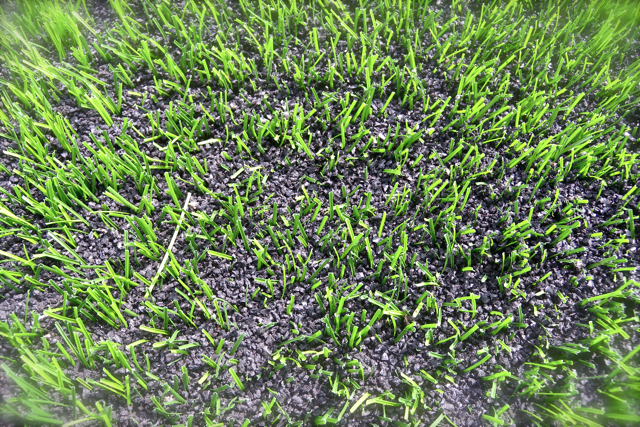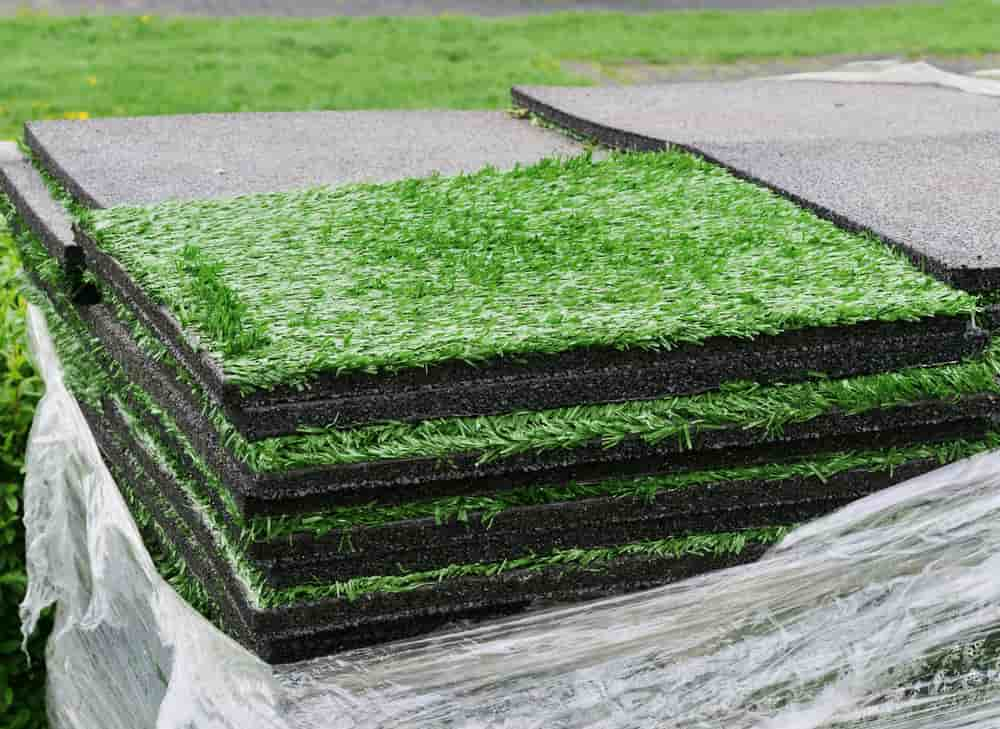Choose Reputable Artificial Turf Companies Phoenix for Your Outdoor Needs
Choose Reputable Artificial Turf Companies Phoenix for Your Outdoor Needs
Blog Article
See Why Homeowners Prefer Artificial Turf for Lasting Landscape Design Practices
As house owners progressively prioritize sustainability in landscape design, synthetic lawn has actually emerged as a compelling alternative to standard lawn. What continues to be to be checked out is the complete range of advantages that synthetic lawn can supply to homeowners and the environment alike.
Water Conservation Perks
One of the most significant benefits of artificial lawn is its function in water conservation. In comparison, artificial turf eliminates this demand completely, as it does not require watering.
Furthermore, the setup of synthetic grass can add to an extra lasting landscape. House owners can dramatically reduce their water bills, permitting reallocation of sources to other environmental efforts or household usages. In addition, fabricated turf is designed to stand up to different weather problems without the need for supplemental watering, making it an optimal selection for areas encountering water scarcity.
The ecological advantages expand past instant water financial savings. By decreasing water consumption, synthetic grass aids to mitigate the impacts of climate modification, preserving crucial environments that are threatened by too much water extraction. As sustainable landscaping methods gain grip, synthetic grass arises as an accountable selection for house owners seeking to create green outdoor spaces.
Decreased Maintenance Efforts
Synthetic grass substantially decreases maintenance initiatives contrasted to traditional grass lawns. With synthetic turf, property owners can get rid of the lengthy tasks connected with natural landscape design, such as mowing, fertilizing, and weeding. This not just saves valuable time yet also reduces physical labor, making yard care easily accessible for people of all ages.
Standard grass need frequent trimming to preserve a cosmetically pleasing height, whereas fabricated lawn continues to be regularly rich without the requirement for cutting. In addition, home owners no much longer require to apply chemicals or plant foods, which are frequently needed to keep all-natural turf healthy.
Additionally, artificial turf is resilient and resistant, calling for very little maintenance past periodic cleaning and rinsing to eliminate debris. This simplicity of maintenance permits house owners to enjoy their outside areas without the consistent worry of upkeep, giving more time for recreation and family members activities. Eventually, the reduced maintenance initiatives connected with man-made grass make it an enticing choice for those looking for a low-maintenance, aesthetically appealing landscape.

Ecological Influence Reduction
There is a growing recognition of the environmental benefits related to synthetic grass, especially in regards to water conservation and decreased chemical usage. Conventional lawns call for significant quantities of water, specifically in drought-prone areas, resulting in boosted pressure on local water sources. On the other hand, synthetic grass removes the demand for watering, significantly minimizing water consumption and promoting sustainability.
Furthermore, standard lawn maintenance typically involves the application of fertilizers, pesticides, and herbicides, which can add to soil and water contamination. Synthetic grass mitigates this ecological threat by needing minimal upkeep and basically eliminating the need for unsafe chemicals. This not just improves dirt wellness yet additionally safeguards regional environments from hazardous drainage.
Furthermore, the manufacturing of all-natural lawn yards generally involves the use of nonrenewable fuel sources for trimming and landscaping tools, further contributing to greenhouse gas exhausts. By selecting synthetic turf, property owners can dramatically reduce their carbon impact related to lawn treatment activities.
Aesthetic Appeal and Convenience
Along with its environmental benefits, synthetic grass uses significant visual appeal and versatility for landscaping. Homeowners can attain a lush, environment-friendly look year-round, getting rid of the seasonal variations click here now commonly connected with all-natural lawn. This regular aesthetic not only enhances the visual allure of a residential property but likewise adds to a well-maintained and polished appearance.
Additionally, synthetic grass is readily available in a selection of styles, appearances, and shades, enabling personalization to match click for more info individual choices and layout motifs - Phoenix turf companies. Whether utilized in domestic gardens, industrial rooms, or recreational areas, it can perfectly incorporate right into varied landscape design designs, from modern-day minimalist to lush exotic setups
The versatility of artificial turf extends beyond plain appearance; it can be installed in numerous places, including rooftops, outdoor patios, and even interior areas, creating chances for special landscaping solutions. In addition, it is appropriate for a series of activities, from youngsters's play locations to pet-friendly environments, providing functionality without endangering style.
Eventually, the visual allure and adaptability of synthetic grass make it an appealing choice for property owners looking for lasting landscaping services that do not compromise elegance for ecological responsibility.

Long-Term Price Savings
One of the most engaging benefits of artificial grass is its capacity for lasting price financial savings. Unlike natural grass, which requires regular maintenance-- consisting of mowing, watering, feeding, and pest control-- man-made lawn significantly minimizes these ongoing expenditures.
Furthermore, synthetic grass has a life expectancy of 15 to 25 years, depending upon its quality and use. This durability decreases substitute prices, making it a much more affordable choice in the future. The initial investment in artificial grass can commonly be redeemed through the cost savings accumulated over time.
While the in advance cost may seem greater compared to sod installment, the advancing cost savings from minimized upkeep and water use typically surpass these initial expenditures. Inevitably, the fostering of synthetic grass not only promotes a lasting landscape design service but likewise provides property owners an economically smart choice that lines up with long-term budgeting objectives.
Conclusion
Synthetic grass emerges as a compelling option for sustainable landscape design, offering substantial benefits in water preservation, minimized upkeep initiatives, and lessened ecological effect. Its aesthetic appeal and flexibility boost the visual landscape while straightening with contemporary sustainability goals. Furthermore, long-lasting price savings add to its appearance for home owners. As neighborhoods increasingly prioritize eco friendly techniques, the adoption of synthetic grass represents a dynamic step toward accomplishing resilient and sustainable landscapes.
Furthermore, synthetic lawn is developed to endure various weather problems without the need for supplemental watering, making it an optimal option for regions facing water shortage. (Turf installation phoenix az)

Artificial grass emerges as an engaging option for sustainable landscape design, offering considerable benefits in water conservation, reduced upkeep efforts, and diminished environmental influence.
Report this page